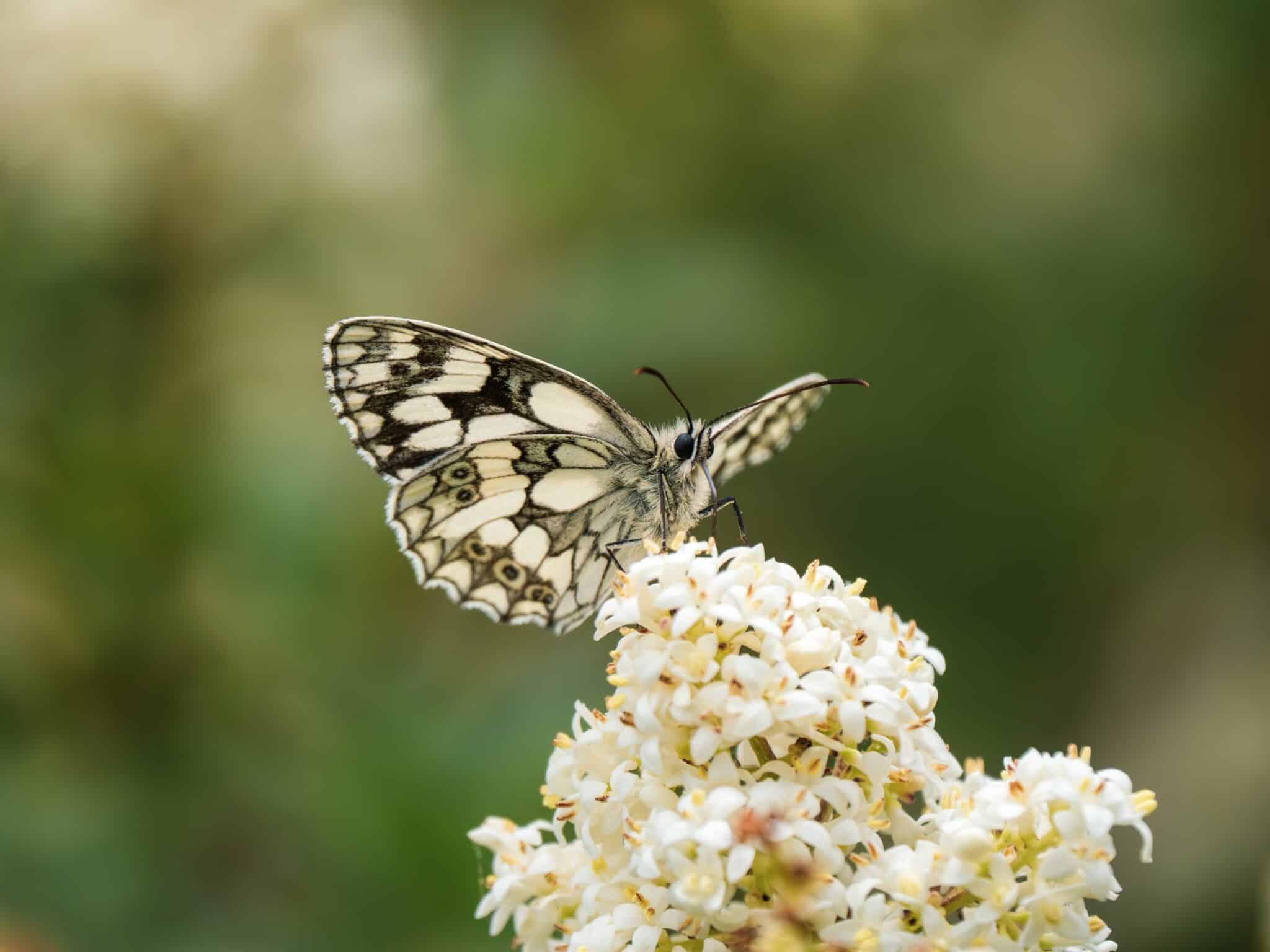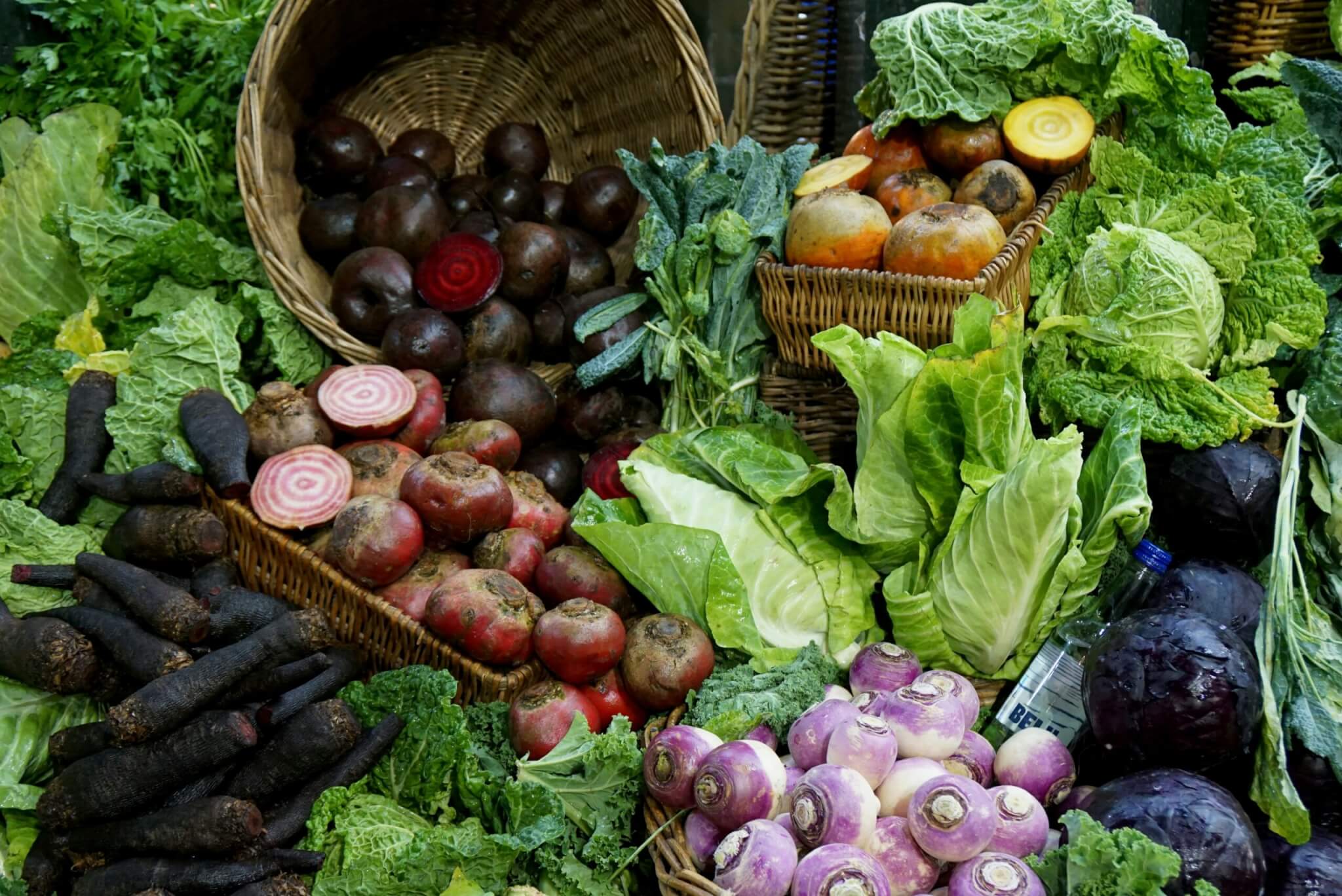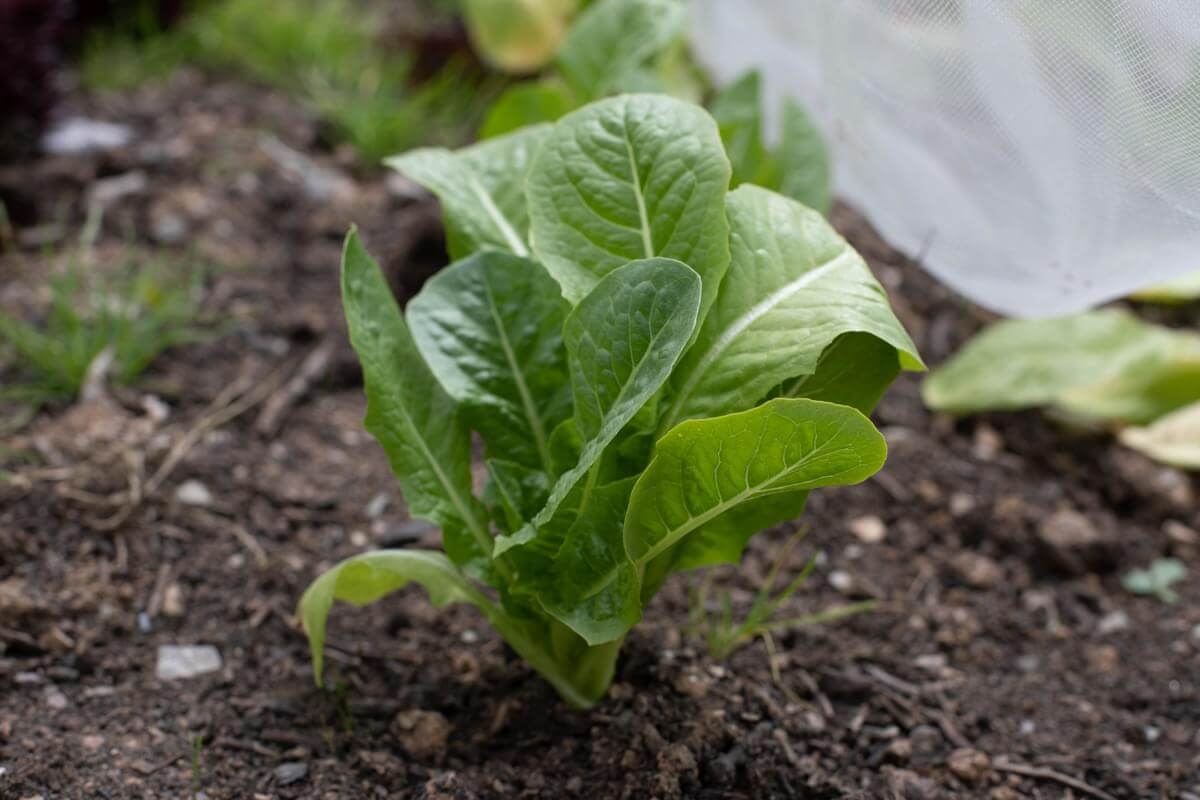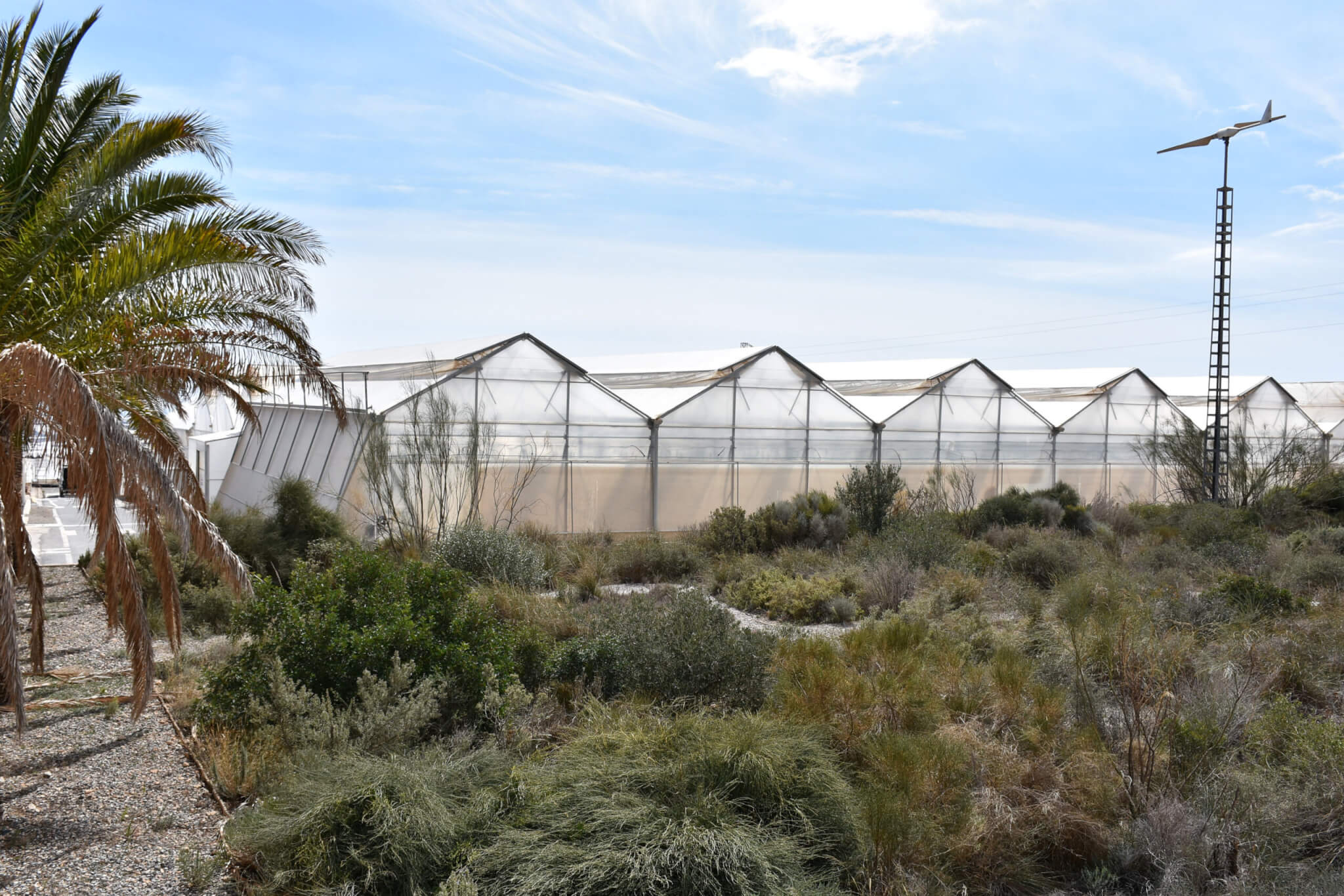This summer, people are being invited to take part in a citizen science butterfly survey to help ‘take the pulse of nature’ by measuring butterfly populations across the UK.
To participate, people need to count butterflies for 15 minutes on a sunny day during the count time period (between 14 July to 6 August) and submit their findings, which will then be available to view on an interactive map. Taking place in the middle of school holidays, the survey is a great summer holiday activity for budding conservationists.
The count can be done anywhere – parks, gardens, schools, fields – and people can do as many counts as they want. The charity stressed that counts are also useful even when no butterflies or moths are spotted.
The Big Butterfly Count is the largest butterfly survey globally and last year over 100,000 people – so-called ‘citizen scientists’ – took part.
The data generated will help the charity Butterfly Conservation to identify trends in the butterfly population and inform their work to protect butterflies from extinction, as well as understanding the effect of climate change on wildlife more broadly.
Butterflies are vital as both pollinators and components of the food chain, but they are under threat.
Butterfly Conservation stressed that: “Numbers of butterflies and moths in the UK have decreased significantly since the 1970s. They are also key biodiversity indicators for scientists as they react very quickly to changes in their environment.”
As such, butterfly declines are also an early warning for other wildlife losses.
The survey comes after recent news of sightings of a butterfly previously thought to be extinct in the UK for almost a century. The black veined white butterfly was spotted in small numbers again in south-east England, prompting a rare positive headline for biodiversity.
Find out more about how to get involved with The Big Butterfly Count here.












Big Butterfly Count – Wicked Leeks
What a great idea to have people counting butterflies they see. Last Thursday, before the wind blew in, I looked out of my kitchen window at the elderflower tree growing upwards from a downstairs garden. It’s a prime spot for visiting birds. This tree contains a nesting pigeon or two, is visited 2-3 times’ daily by multiple sparrows and sports occasional starlings and crows. On Thursday, I saw fairly large orange wings – about 25% the size of an elderflower – fluttering around sipping at the flowers. Initially, I thought it was what – in NZ – is known as a Monarch butterfly – but on examining your chart retrospectively, it looked more like a ‘Gatekeeper’. Appropriate at the edge of the Atlantic in Seaford, East Sussex. No camera was handy at the time but I shall now keep one in the kitchen.